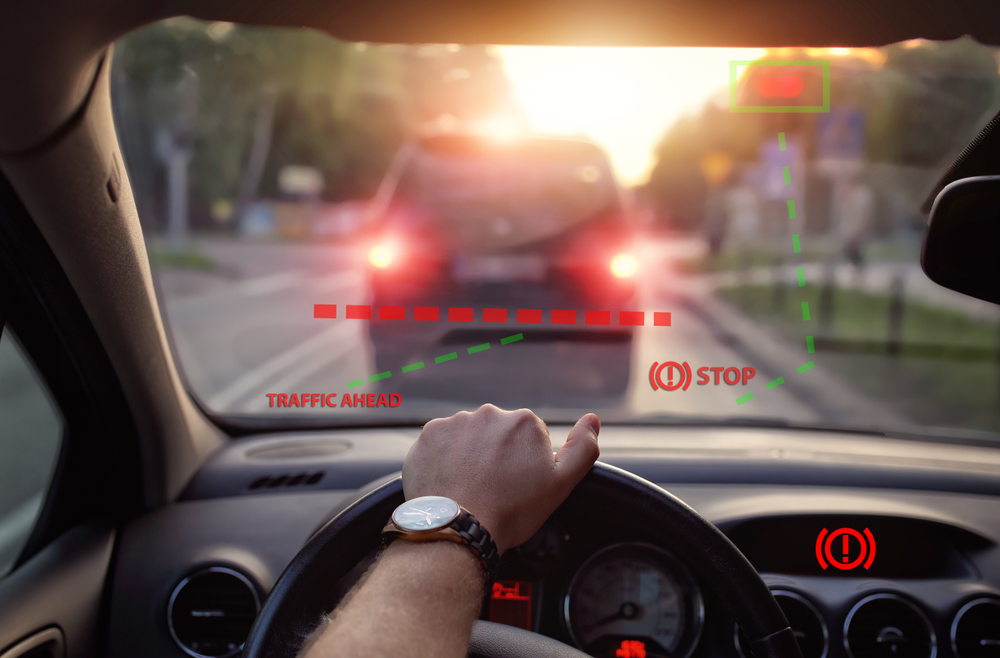
The National Highway Traffic Safety Administration (NHTSA) recently released an update on automakers’ progress manufacturing vehicles with low-speed automatic emergency braking (AEB) systems.
Twenty automakers voluntarily committed to installing AEB systems on passenger vehicles by Sept. 1, 2022. A voluntary agreement would make AEB systems standard three years earlier than the formal regulatory process, NHTSA estimated.
AEB systems use cameras, lasers, and radar to either prevent crashes or reduce the severity of them. These systems include forward-collision warning systems that warn the driver or apply brakes when an imminent accident risk is detected. The systems apply the brakes if the driver does not take sufficient action.
Audi, Mercedes, Tesla, and Volvo have met their commitment while a dozen manufacturers have equipped more than 75 percent of their new vehicles.
“This is an outstanding achievement and confirms the accelerated deployment outcome we predicted leveraging a voluntary commitment by industry,” James Owens, NHTSA acting administrator, said. “Many crashes and injuries that might otherwise occur are shown to be preventable with this technology. It’s a win for safety and a win for consumers.”
In 2017, 30 percent of new vehicles were equipped with AEB.
In the year ending Aug. 31, 2019, more than 9.5 million new passenger vehicles had been equipped with AEB.